| Wednesday, November 16, 2022 | |
Electrification & Power Semiconductors |
|
| 15:00 | Opening remarks |
| 15:10 | SiC Power Technologies and business – empower a greener future |
Peter Friedrichs, Vice President SiC, Infineon Technologies AG SiC Power Technologies and business – empower a greener futureAbstract Biography |
|
| 15:30 | Silicon carbide boosting the path to e-mobility in various applications |
Christina Kokkinos, Productmanagent HV Components for eMobility Applications, Robert Bosch GmbH Silicon carbide boosting the path to e-mobility in various applications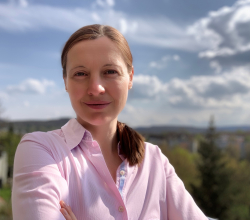
Abstract Biography |
|
| 15:50 | Improving 4H-SiC MOSFETs by Gate Engineering |
Anthony O'Neill, Professor, Newcastle University Improving 4H-SiC MOSFETs by Gate Engineering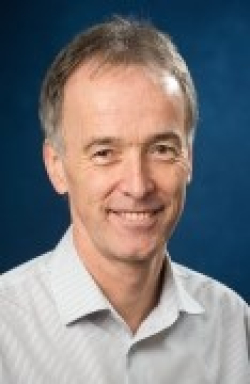
Abstract Biography |
|
| 16:10 | Overview of the normally-OFF GaN-on-Si MOSc HEMT transistor in the fully recessed gate architecture |
Veronique Sousa, Head of Laboratory for Power Semiconductor Devices, CEA, Leti MINATEC Overview of the normally-OFF GaN-on-Si MOSc HEMT transistor in the fully recessed gate architecture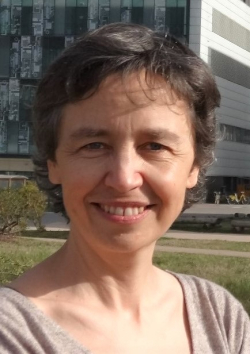
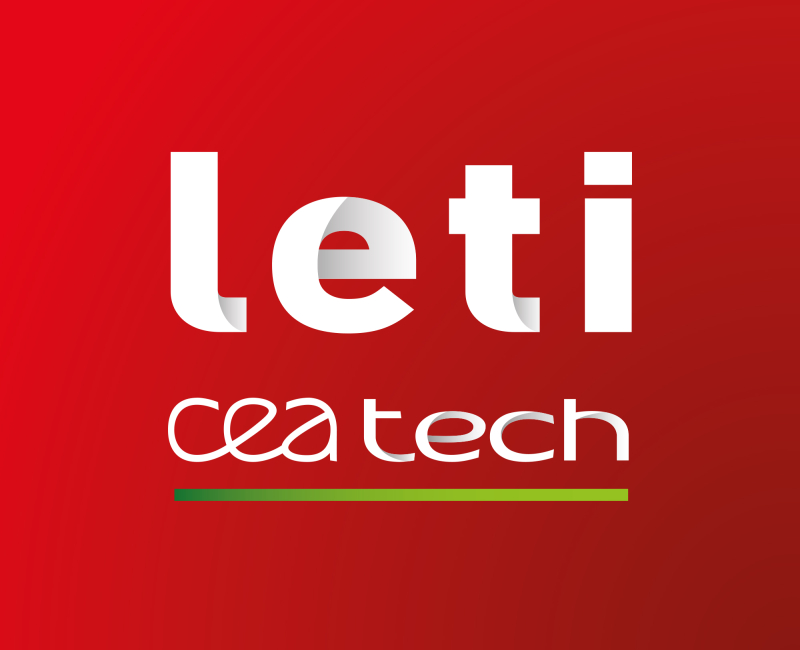 Abstract Biography |
|
| 16:30 | (Ultra-)Wide Bandgap Semiconductors for Sensor and Power Electronic Applications |
Jörg Schulze, Full Professor and Managing Director, Fraunhofer-Gesellschaft (Ultra-)Wide Bandgap Semiconductors for Sensor and Power Electronic Applications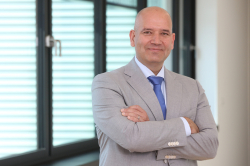
 Abstract Biography |
|
| 16:50 | Reserved for KLA |